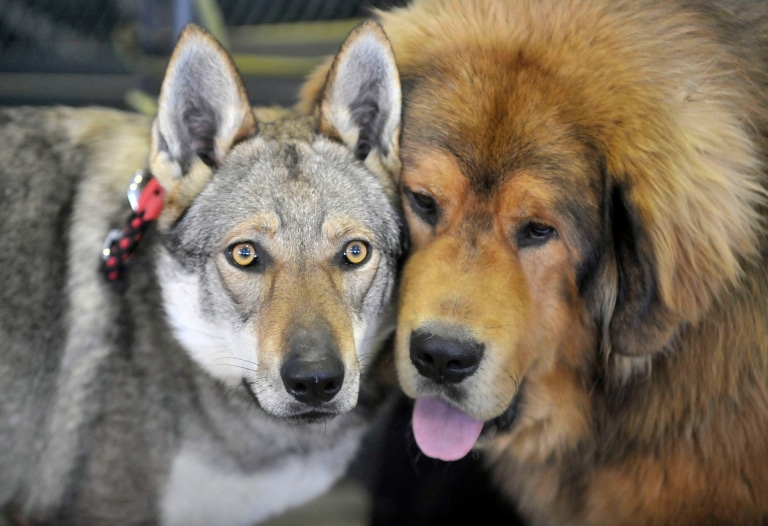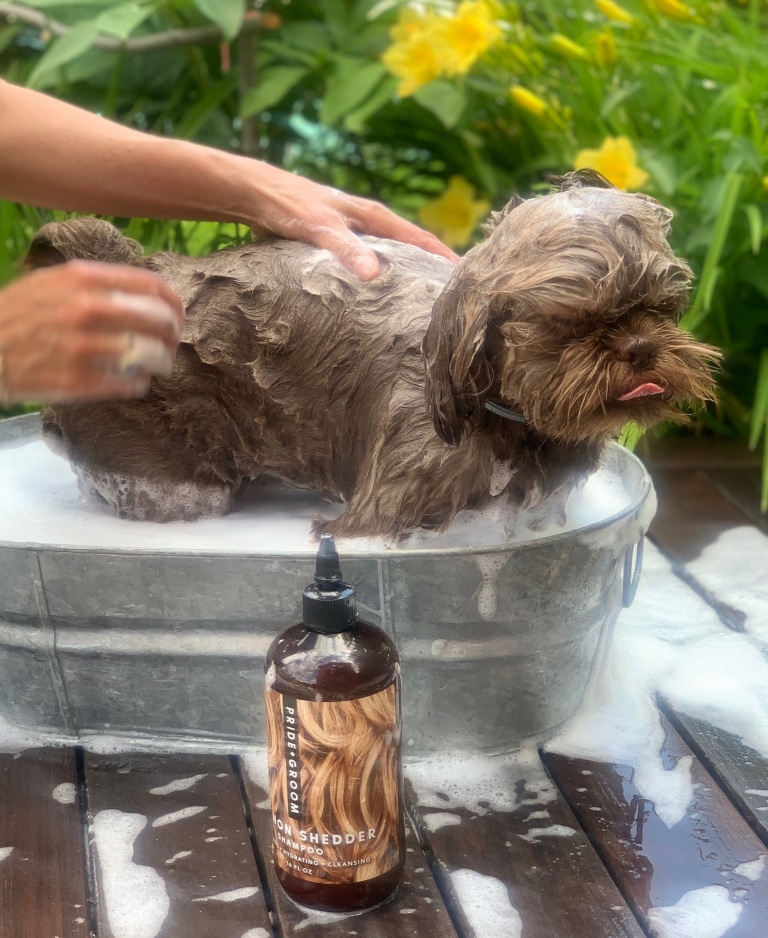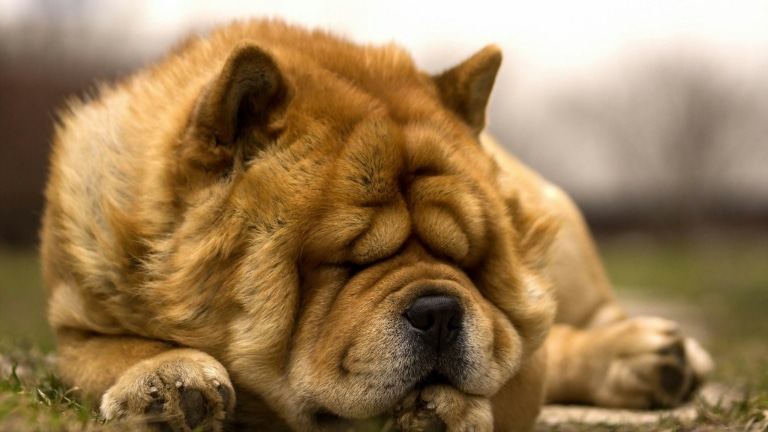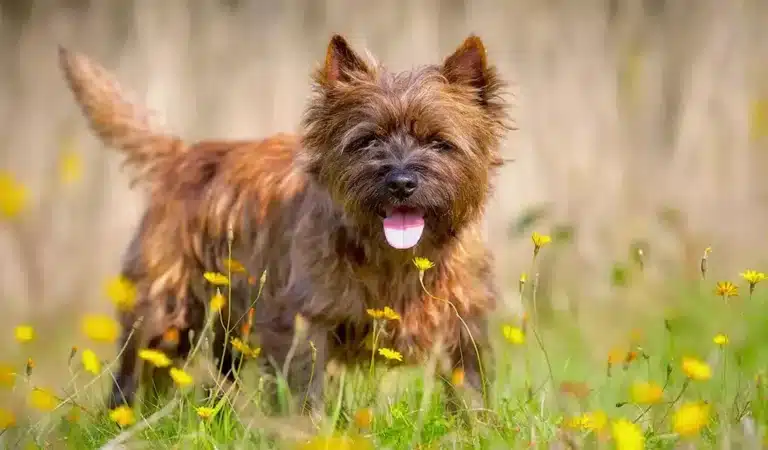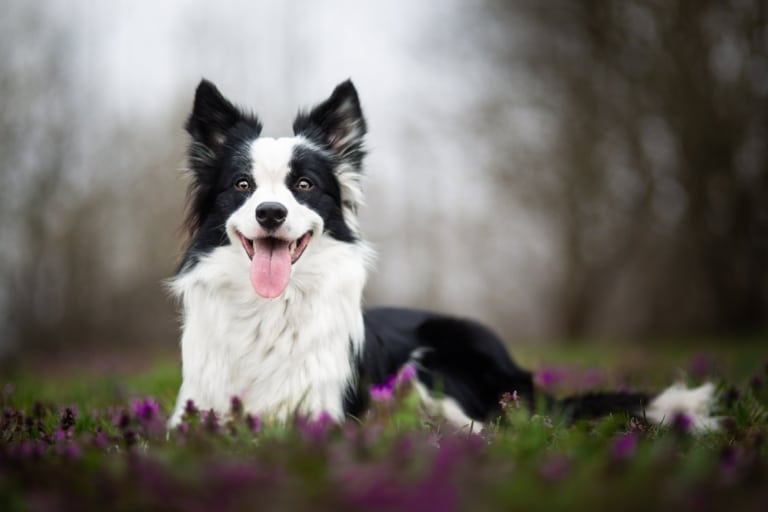- Growling as a natural communication of dogs.
- Main reasons for growling.
- Types of growling and how to recognize them.
- How to respond to a dog’s growl?
- How to train a dog not to growl.
Growling as a natural communication of dogs.



The animal world is significantly different from the human world, so we often misinterpret their behavior or way of communication. One example is a dog’s growl.
As we all know, dogs are quite peaceful animals. However, most people associate growling with aggression. Sometimes this is true, but in most cases, a dog is not showing aggression that leads to an attack but rather trying to communicate its desires, discomfort, or simply playing. More often than not, it does not end with the dog baring its teeth and biting. Growling should primarily be seen as a form of communication.
Main reasons for growling

A dog’s growling has many causes. This form of communication can be driven by the following contexts.
1). Warning. If a dog growls at you, it is trying to say that something is bothering it. Growling is often used to protect its belongings, such as territory, food, toys, the owner, or puppies.
2). Fear. A dog growls when it feels threatened or insecure. In other words, it is a form of self-defense.
3). Pain. Growling can sometimes be a sign of physical pain or discomfort.
4). Play. You may have noticed that your dog often growls during playtime with you, other animals, or toys, but you don’t perceive it as a threat. This is how dogs express excitement.
A dog’s body language and facial expressions are closely connected to its vocal signals. To understand the reasons behind growling, it is essential to observe the dog’s body posture and the circumstances under which it displays these signals.
Types of growling and how to recognize them

Depending on the context, growling can be classified as either “negative” or “positive.”
Negative growling is a result of fear, insecurity, self-defense, or aggression. It is easy to recognize by certain signs. When a dog is aggressive, its stance is confident: its tail is raised, ears are pointing forward, teeth are bared, fur is bristling, and its body leans forward. If the dog is scared and growling at the same time, its posture will be different – the tail is tucked between its legs, the body is curled up, ears are flattened, fur is raised, and teeth are exposed. Aggressive growling is usually deep, low-pitched, and prolonged.
Positive growling is, as mentioned earlier, an expression of excitement. Unlike negative growling, where the dog expresses discomfort or displeasure, positive growling shows joy, excitement, or anticipation. The dog’s body will be relaxed, its tail raised and wagging, and its movements will be light. The posture may resemble a play bow, with the front legs lowered while the hind legs remain in a normal position. In this case, the dog will not have stiff movements, an alert gaze, or raised fur. Positive growling can occur during playtime, happy reunions, or when anticipating a walk or a tasty meal.
How to respond to a dog’s growl?

Observations show that conflicts with dogs rarely end in an attack, but the first step is to determine the type of growling. Positive growling is nothing to worry about, but if it’s aggressive, remember that conflict can be avoided with the right reaction.
In any unclear situation, do not panic. Panic prevents rational thinking and logical decision-making.
Try to understand the cause of the dog’s aggression. A dog may react negatively if it feels that its possessions—such as puppies, food, territory, toys, or other valued items—are being threatened. To de-escalate the situation, stop doing what is irritating the dog.
Avoid sudden movements, as the dog may perceive them as a threat and attack in response. Instead, give the animal time to calm down.
Do not run away—this can increase the dog’s irritation or trigger a chase instinct, making the situation worse.
Do not shout—raising your voice only provokes the dog further. Some dogs even growl in response to loud noises.
And, of course, a tasty treat can have a positive influence on the dog.
How to train a dog not to growl


As you already know, growling can be a normal expression of emotions, especially during play. However, if a dog growls constantly, it may indicate that it is very expressive and has a unique way of communicating. If you dislike your pet expressing emotions in this manner, here are some tips to help address the behavior.
First, determine the reason why your dog is growling. It is crucial to ensure that it is not a sign of stress, pain, or insecurity.
Ignore growling. Stop play or interaction when the dog starts growling and resume only when it calms down. This helps the dog understand that the owner disapproves of such behavior.
Dog trainers recommend teaching commands such as “Quiet” or “Calm.” Always reward your pet for correctly following these commands. Additionally, avoid overly stimulating or high-energy games.
If the situation is too complex or you feel unable to handle it on your own, consider seeking help from a professional dog trainer.
The experts at V.O.G. DOG SALON also work diligently to improve your pet’s quality of life. We don’t just enhance their appearance—we also focus on their behavior during every visit. We are always ready to help you understand your furry friend better and build a strong bond with them.



